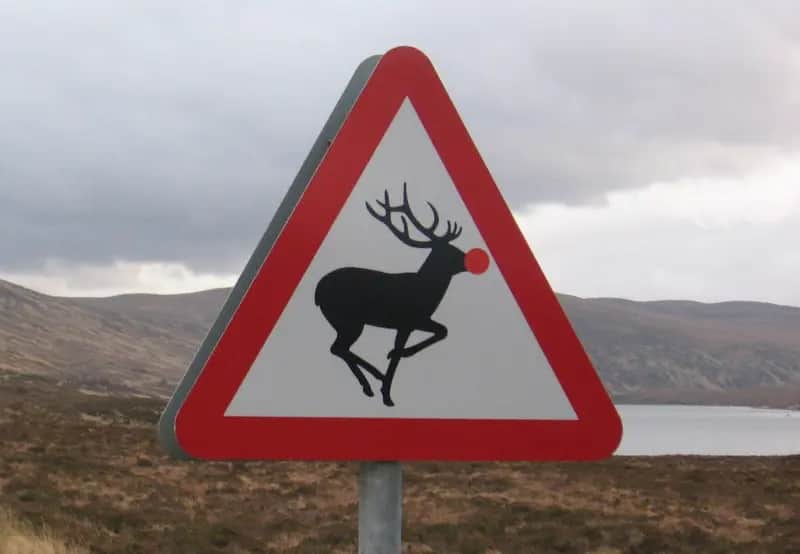HERE'S A MOUNTAIN LINE-UP TO MAKE YOUR KNEES TREMBLE

STEEPED IN HISTORY: The Five Sisters ridge viewed from the pass to Glenelg - they feature some of steepest gradients in the country

NATIONAL TREASURE: Sgor na h-Ulaidh
SGOR NA H-ULAIDH is often referred to as the forgotten mountain of Glen Coe, its attractions tucked well out of sight from those travelling along the main road.
There's no chance of your knees forgetting it, though. As soon as you leave the path beside the waters of the Allt na Muidhe, you are involved in an unrelenting pull up steep grassy slopes which rise some 2500 feet in less than a mile.
It had been some years since I had last climbed the hill from this direction, and I had hoped my memory was overplaying the effort required. It wasn't. This was every bit as much of a slog as I remembered.
My two walking companions were in a state of shock. There's no quick dash up here. At times, the ridge actually seemed to be getting further away with every step.
We met two other walkers sitting at the summit, looking as though they were suffering from PTSD. Their first words were not a greeting, simply: "How brutal was that climb?" The verdict was unanimous.
Sgor na h-Ulaidh means 'peak of the treasure'. The chieftain of the Glencoe MacDonalds lived at Gleann-leac-na-muidhe at the foot of the mountain, and all sorts of booty - legal or otherwise - were likely stashed here. A replacement set of kneecaps would be a worthy treasure these days.
I'm not sure exactly where Sgor na h-Ulaidh sits in the league table of knee-breakers, but it if it were in the Premiership it would be challenging for a Euro spot.
One of my worst experiences was on Liathach, that vertical wall which towers over the Torridon road. We were on a winter skills and navigation course and had climbed up on to the ridge from its northern corries, eventually topping out on the Munro summit of Spidean a' Choire Leith.
The light was fading fast and the temperature was plummeting, but as we started down the short south-east spur into a mixing bowl of rock and snow, our instructor Mike said: "Right, now find your own way down," and raced off.
We managed to make it to the glen safely, but the constant jarring on the steep, varying man-made steps, made even more difficult by not seeing what was coming next until the last second, put my knees out of action for nearly two weeks.
Then there's Beinn Sgritheall, its curtains of scree rising unceasingly like a giant wave from the shores of Loch Hourn. A first ascent provides the mountain equivalent of shock and awe, the final climb from the top of the Bealach Arnisdail particularly so, but recent visits have never proved as tough as that first experience.
The Five Sisters of Kintail are also unforgiving, thrusting straight up from the floor of Glen Shiel with barely an inch of respite.
On one traverse I met a guy who had come directly up the west ridge to Sgurr Fhuaran, the highest peak. He was almost on his knees from the effort, but at least he was pleased that he had broken the back of the walk. Except, it wasn't. It was not a pleasant duty to have to inform him that he was now in the middle of the ridge and was facing some backtracking and then a lot of re-climbing to tick all the peaks.
Many will cite any ascent in Skye's Black Cuillin as punishing, but I always maintain that a week spent there many years ago strengthened my leg muscles so much that my knees evaded most of the strain. Until we went to Beinn Sgritheall the next day, that is.
It's no wonder there are so many mountaineers with replacement knees and hips. Once you have worked your way through this little lot, there's bound to be parts of your body waving a white flag.

